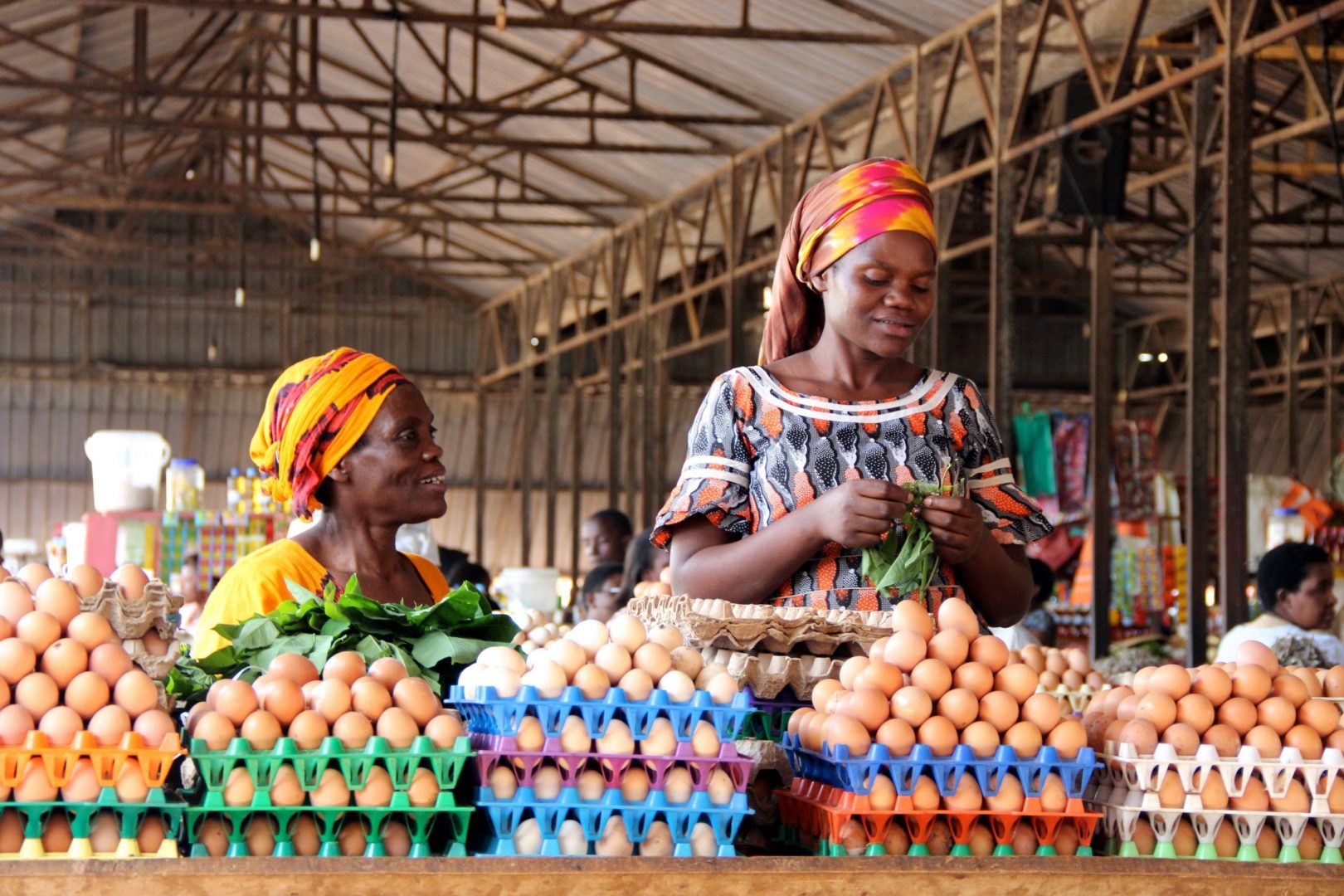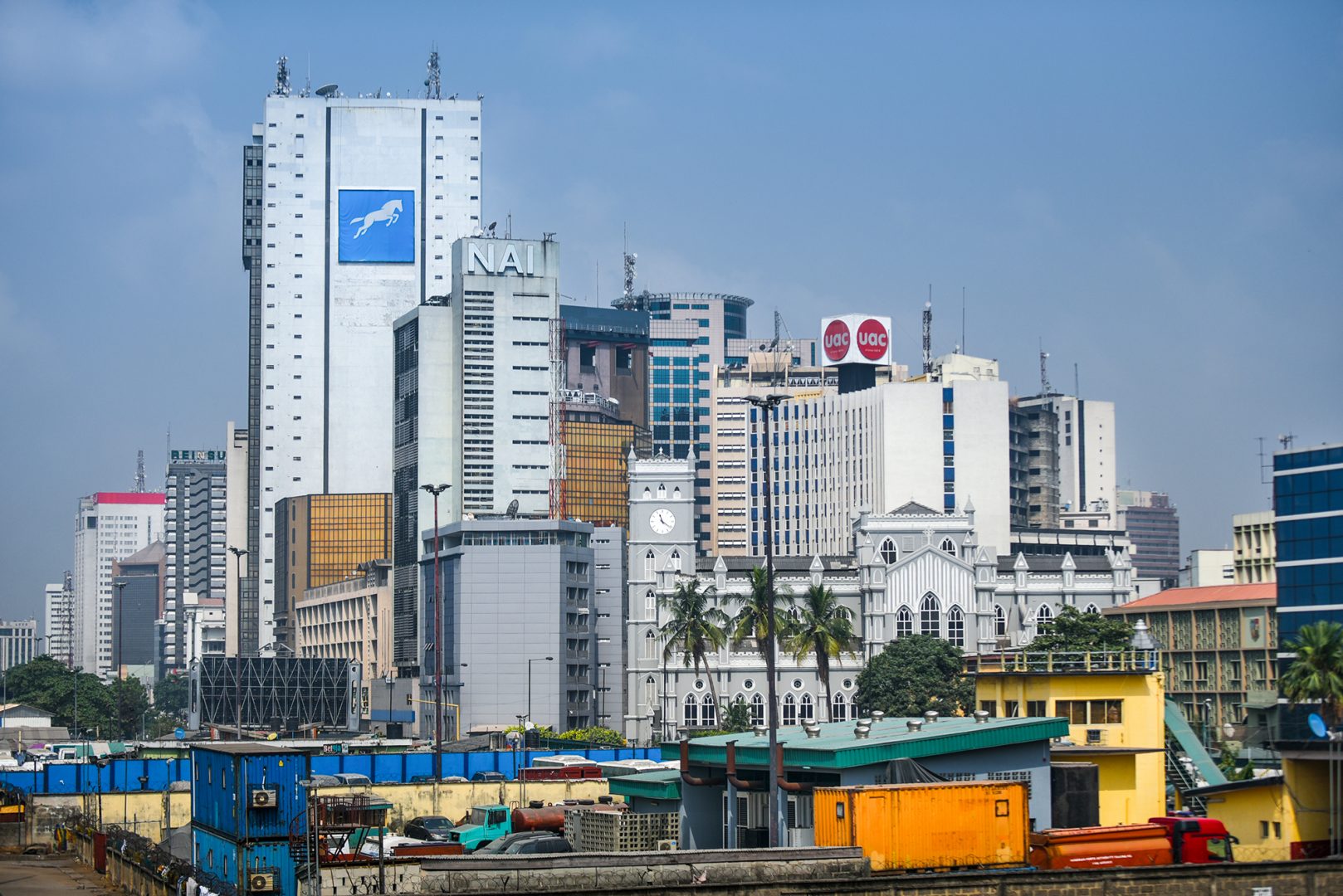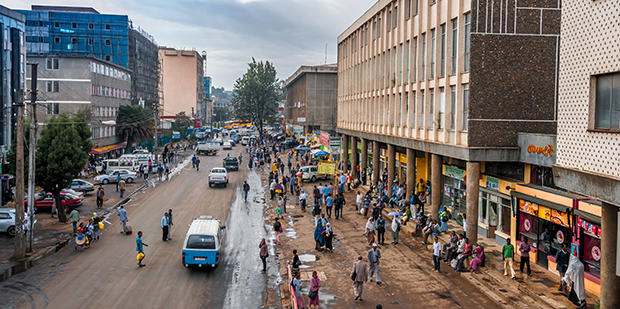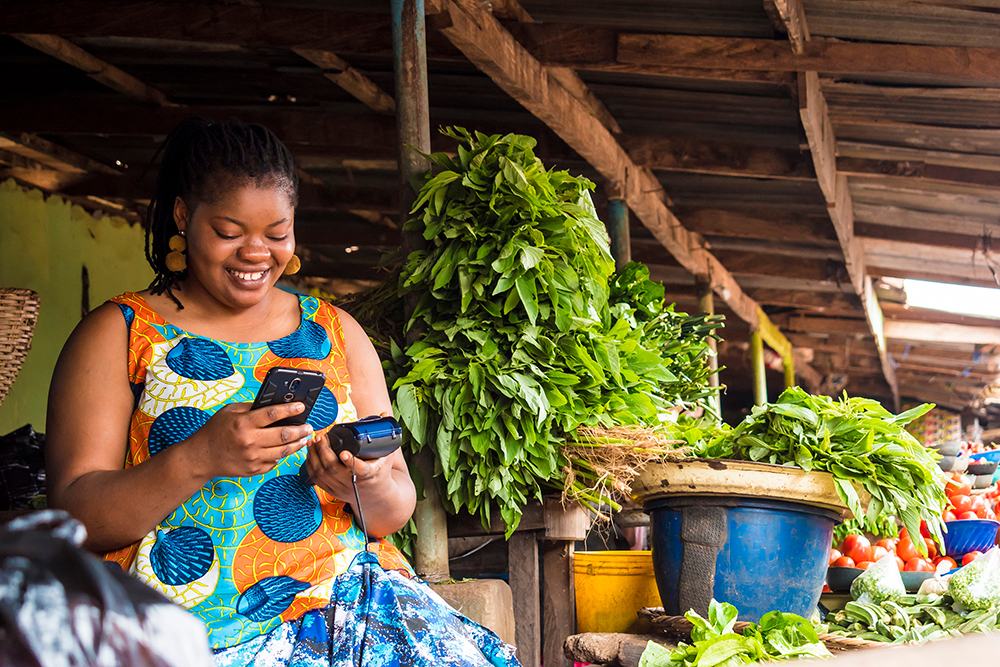Is impact investment our most effective tool for a sustainable recovery?
As one of the world’s first impact investors and a prominent UK champion of the UN’s Sustainable Development Goals, CDC began this year looking confidently towards 2030. In September, six months after COVID-19 arrived, Amit Bouri, CEO and Co-Founder of the Global Impact Investing Network (GIIN) joined leaders at CDC to talk about the power and potential of impact investing throughout and beyond the crisis.
At the helm of GIIN—a global champion of impact investing, dedicated to increasing its scale and effectiveness around the world—Amit has watched the inexorable growth of impact investing since the early days of his company in 2009, when he had twenty members. Today, his network includes over 330 organisations from 48 countries. Still, he says that impact investing must grow dramatically to rise to the challenge that the world’s leaders have set for 2030.
“The size of the impact investment network and the scale of the market are real signs of the true potential of impact investing,” he says. “There’s a growing recognition that if we do want a world that’s sustainable, just, and inclusive, we have to invest differently. What seemed like a fairly radical idea in our early days—this notion of putting money to work to have a positive impact on the issues like those identified in the sustainable development goals— is no longer only in the realm of governments and philanthropists. It’s now serious investing. People are realising that issues like climate change and inequality are continuing to advance around the world. Even pre-COVID, there was a recognition that investors and businesses need to operate differently.”
Before 2008, phrases like values-linked and sustainable investing were beginning to be used, but impact investing—as a term—wasn’t talked about at all. The launch of GIIN was a milestone as social investment in the UK and community development in the US—together with micro-financing in lower-income countries—were unified under the umbrella of impact investing: something that could happen anywhere in the world. Most exciting to Amit are the emerging markets that were critically important in the development of the impact investing market. Today, he says that India and Kenya are at the front of the pack: “India has really been a pioneer in developing a very robust impact investing ecosystem, and also in East Africa, particularly around Kenya, we’ve seen a thriving community of entrepreneurs and investors, as well as other types of intermediaries and capacity builders that have really helped contribute to those markets leading the way in the global impact investing community.”
Before the COVID-19 pandemic, progress towards the SDGs remained uneven. While some gains were visible, like more children in school, communicable disease rates falling, better access to safe drinking water and more women in leadership roles, at the same time, food insecurity was on the rise and our natural environment was under threat.
Now COVID-19 is threatening lives and livelihoods in every region of the world, bringing new challenges which risk reversing the progress we’ve made towards the SDGs. At CDC, we’ve been supporting businesses to cope with and adapt to these difficulties since the start of the pandemic.
In India, bigbasket, an online grocery delivery company, stepped up to meet a very sudden and sizeable demand in the face of COVID-19: “bigbasket scaled up dramatically,” says Yasemin Lamy, Deputy CIO for Catalyst Strategies at CDC. “They had to recruit around 7000 new staff, and we’ve been working with them to help make sure—both with capital and also with advice and guidance—that they could do that in a way that protected their staff and served the need of their country.”
Yasemin says that there was—and continues to be—intensive portfolio management across CDC’s investee businesses, and that CDC still has a lot to learn about how this crisis will continue to unfold. “We set ourselves a target to deploy about a half a billion dollars and we are on track towards that,” she says. “We’ve approved $435 million so far.” In addition, one of CDC’s subsidiary companies, MedAccess, which specialises in volume guarantees in the pharmaceutical space, recently made a $50 million commitment with UNICEF to guarantee medical product distribution in lower and middle-income countries. “We’re really pleased with what we’ve been able to do so far, and hope that we’ll see the impact come off the back of that commitment,” says Yasemin.
While COVID has brought setbacks to the sustainable development agenda, it’s also accelerated some trends that look set to further it. Traditional banks—who were beginning to show interest in impact investing before the crisis—are now ramping it up. “Big institutions like JP Morgan were interested in impact investing even a decade or longer ago, but now we see it in just about every major global bank, and increasingly major institutional investors like pension funds, insurance companies and others are coming to us to ask about impact investing and how they can put money to work to drive the SDGs,” says Amit. “We’re seeing a groundswell of interest from mainstream institutions.”
Yasemin is keen to point out that big institutional investors like global banks need a balance of tried and tested tools and more innovative investments. “If you look at the evolution of the impact investment market, outside of community finance in the United States, the bulk of the work has been really focused on private equity and some venture capital funds – mostly fund structures and usually equity investments. I think that’s quite limiting, especially for an institutional investor that has commercial return hurdles and thresholds to meet, and also requires opportunities that match the scale of their typical investments.”
In fact, the tried and tested tools that newer incumbents on the impact investing scene often overlook represent a huge opportunity for bigger, more traditional investors, according to Yasemin. For example, CDC can establish a bilateral partnership with a bank, where the bank makes loans into the market and shares the risk with CDC. “It’s actually quite straightforward, and we did a lot in trade finance, which is a very low risk instrument.” she says. “With historic default rates at less than one per cent this is a huge opportunity for investors who want to step into the impact investing domain.”
Amit agrees that big banks getting involved in impact investing on a large scale is a sign of better times to come. “I don’t know whether it’s a tipping point, or a very tectonic shift. Very traditional investors are now looking for opportunities to put impact or investment capital to measurable strategies that can make measurable progress towards impact goals. For example, I’m talking to the CIO of a big pension fund, which is very actively shifting its models to be very much centred on the SDGs. To me that’s incredible.”
Instead of a tipping point, Yasemin says that she prefers to think of the arrival of institutional investors as waves in the ocean: “The tide is coming in, you have waves crashing on to the shore, but you have some current going back too. I think some early movers might be looking at the sector today and wondering what they’ve achieved with the investments that they made seven or eight years ago. That’s a really important moment. We need to be looking at investors all across that journey and that timeline.”
Last week, Yasemin gave a lecture about impact investing—remotely—at the University of Cape Town. For her, that feels like a tipping point. “I’m in the middle of recruiting, and the talent that we have available today compared to ten years ago when I started is exceptional. That’s down to a new generation of people entering the financial services industry, and universities offering courses on impact investing are bringing so much rigour and depth to the work that we’re doing. The degree of skill that’s available today is the tipping point for me.”
While COVID-19 continues to damage the progress the world has made towards reaching the SDGs, perhaps the talent and resilience that was stirring behind the scenes before the crisis hit can keep the goals in sight. In the words of the UN Secretary-General, “everything we do during and after this crisis must be with a strong focus on building more equal, inclusive and sustainable economies and societies that are more resilient in the face of pandemics, climate change, and the many other global challenges we face.” Impact investing could be our most important tool.
This article is based on discussions at our recent event ‘Building the recovery: What is the role of impact investing?’, part of our Insight event series. Catch up on the event recording and find out about our future events.







